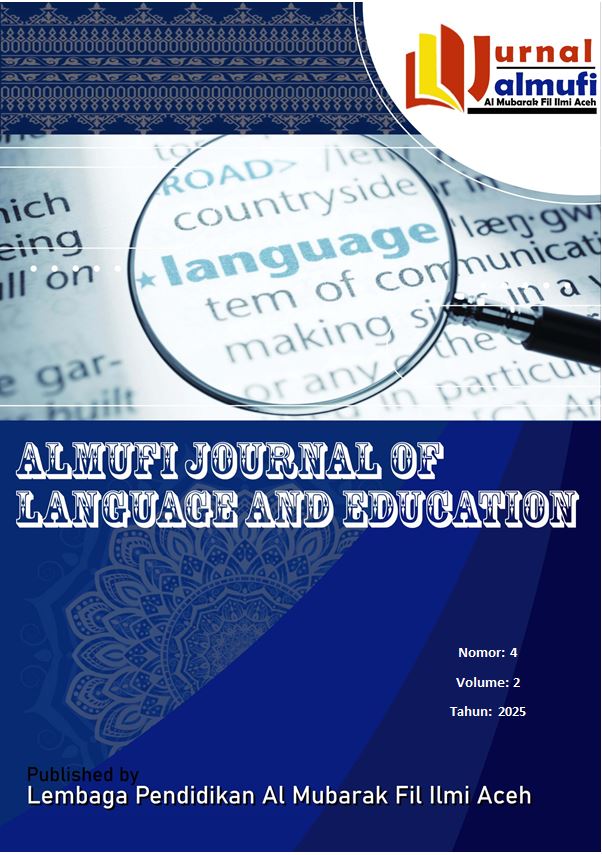Generation Z in the Classroom: Preferred Teaching Strategies for Enhancing Engagement and Learning
Kata Kunci:
Classroom, Dayah, strategy, TeachingAbstrak
This study explores how Generation Z students—those born between 1997 and 2012—prefer to learn, focusing on their experiences at AZA Dayah, an Islamic boarding school. Growing up in a digital world, Gen Z students are used to instant information, constant connectivity, and interactive media. Through focus group discussions, classroom observations, and interviews with 112 students, the research highlights key themes in how they engage with learning.The findings reveal that Gen Z learners are most engaged when lessons are interactive, visually rich, and connected to real-life situations. They respond well to teaching strategies that include videos, educational games, group work, and discussions. In contrast, long, lecture-style teaching often leads to boredom and distraction. Students also emphasized the importance of timely feedback and appreciated teachers who welcomed questions and made space for dialogue. Learning alongside peers in a collaborative setting was seen as motivating and less stressful. These insights point to a growing disconnect between traditional teaching methods and what Gen Z students actually need to thrive. The study suggests that blending face-to-face learning with technology, encouraging participation, and making lessons more relevant to daily life can significantly improve student motivation and understanding. Although the research was conducted in a specific cultural and religious context, the lessons it offers are relevant for educators everywhere. Meeting Gen Z where they are requires a shift toward more flexible, student-centered approaches that acknowledge how much the world and the classroom has changed.
##submission.downloads##
Diterbitkan
Cara Mengutip
Terbitan
Bagian
Lisensi
Hak Cipta (c) 2025 Fauzan

Artikel ini berlisensiCreative Commons Attribution-ShareAlike 4.0 International License.













